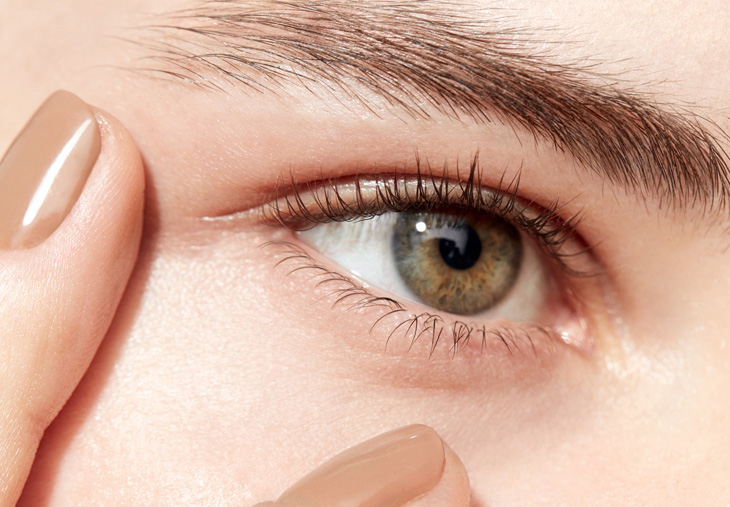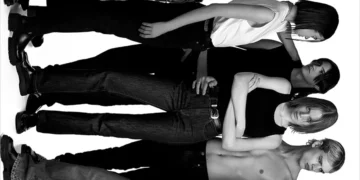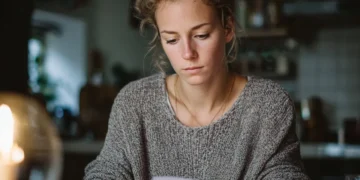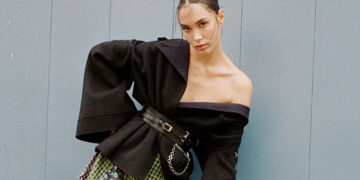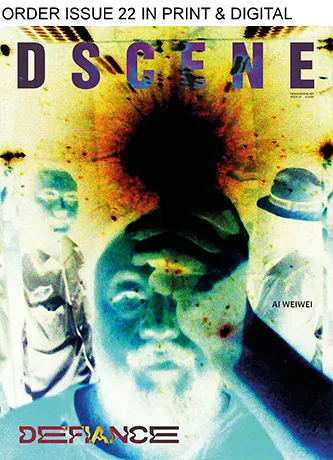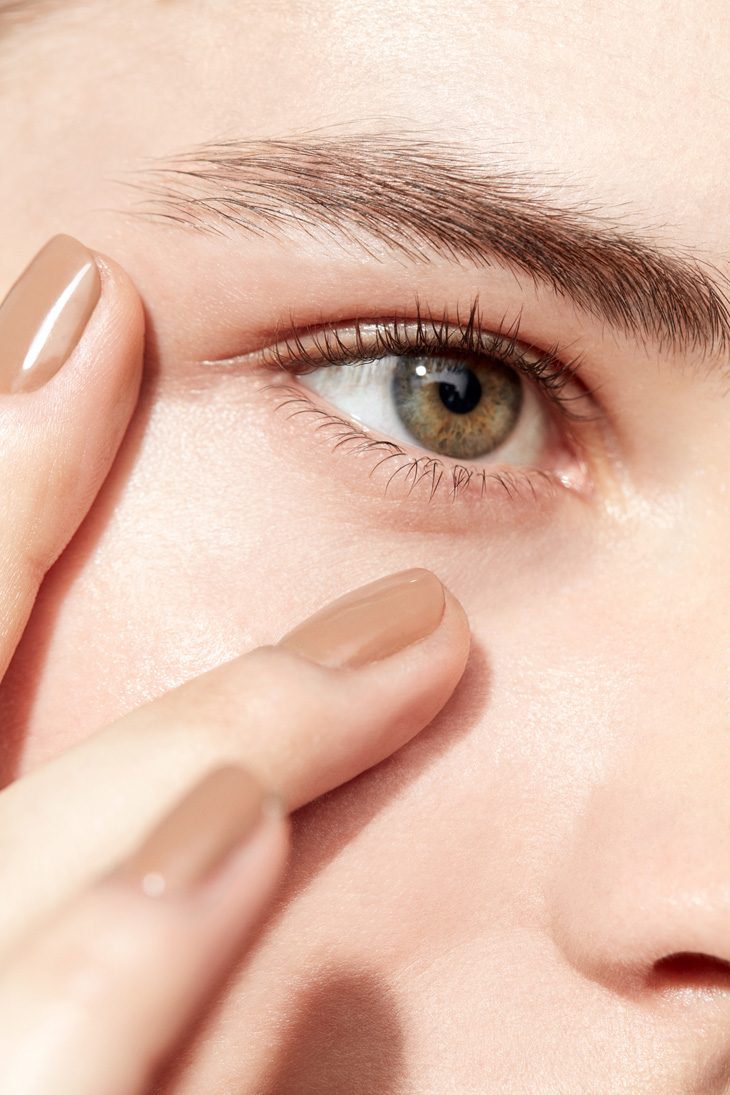
If you’re considering or already wear lenses, getting a proper contact lens exam is one of the most important steps in maintaining healthy vision. In the United States, an estimated 40.9 million people aged 18 or older use contact lenses (~16.7 % of U.S. adults). Yet many wearers practice habits that increase risk – for example, in a 2016 survey, 85 % of lens wearers admitted to at least one risky behavior (sleeping in lenses, reusing solution, poor hygiene). In a city like New York, with its dense population, varied clinic options, and high expectations, choosing the right contact lens exam provider is crucial to prevent complications and ensure comfort.
Why a Specialized Contact Lens Exam Matters
Not every eye exam is sufficient for wearing contact lenses. A contact lens exam includes additional tests and fittings specific to contact lenses: corneal curvature measurements, tear film assessment, lens centration and fit, and trial lens evaluations. According to BCLA (British Contact Lens Association) reviews, soft and rigid contact lens history-taking, symptom analysis, and fitting protocols are critical components of evidence-based practice.
Moreover, proper prescription rules are enforced in the U.S.: under the Contact Lens Rule, prescribers must provide you a copy of your contact lens prescription at the end of the fitting, even if you don’t explicitly request it. That means you legally have the right to the correct parameters (power, base curve, diameter, brand) for shopping elsewhere.
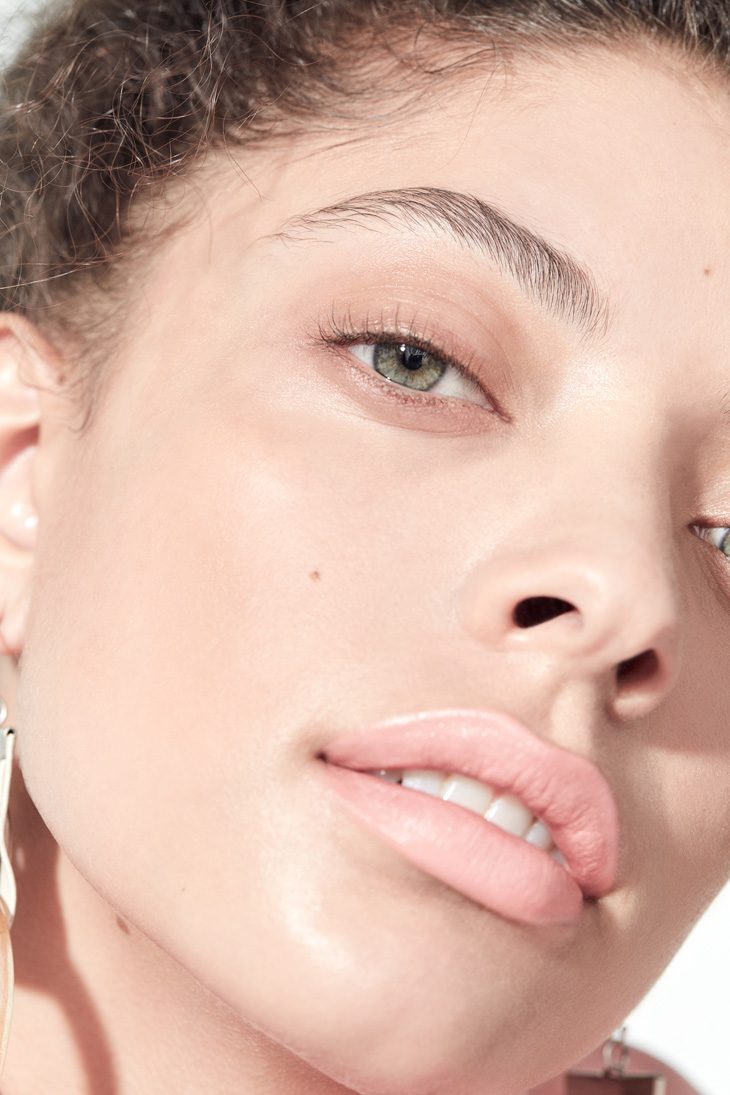
What to Expect During a Contact Lens Exam in New York
- Medical history & symptom review: Your eye doctor will ask about allergies, previous eye conditions, dryness, comfort, and usage habits.
- Refraction & visual acuity tests: Same as a regular eye exam – to determine your baseline prescription.
- Keratometry / corneal topography: To measure the curvature and shape of your cornea, important for lens fit.
- Tear film evaluation / ocular surface tests: To ensure you have adequate tear quality – dry eye or poor tear film may affect lens comfort.
- Trial lens fitting & evaluation: You’ll try candidate lenses (soft, rigid, specialty) and provide feedback on comfort, vision, and movement.
- Follow-up & verification: Any adjustments are made, and you get your prescription. The doctor may schedule a follow-up to check adaptation.
Because New York has clinics ranging from large chains to boutique specialists, quality may vary – so knowing what’s involved helps you choose wisely.
Key Questions to Ask Your NYC Contact Lens Doctor
- How often do you perform corneal topography or tomography in your fitting process?
- Do you test for tear film / dry eye before fitting lenses?
- What lens brands/materials do you carry or fit (e.g., silicone hydrogel, daily disposables)?
- What is your follow-up schedule if I experience discomfort or vision changes?
- How many contact lens fittings do you perform annually (experience metric)?
- Do you provide a printed/digital copy of my lens prescription immediately after fitting (as required by law)?
Common Mistakes, Risks & Compliance Issues
Many contact lens wearers unintentionally increase risks. Some common issues:
- Sleeping or napping in lenses – even in lenses approved for overnight wear – increases the chances of infection.
- “Topping off” solution (adding a new solution to the old) rather than discarding and using a fresh solution has been reported by up to 55 % of wearers.
- Delaying or skipping regular exams. In surveys, many wearers don’t visit their doctor annually or miss the specialized lens check.
- Poor case hygiene or using tap water with lenses/cases – a documented risk factor for microbial keratitis.
- Long-term overuse or ill-fitting lenses can lead to corneal warpage, hypoxia, or increased risk of complications.
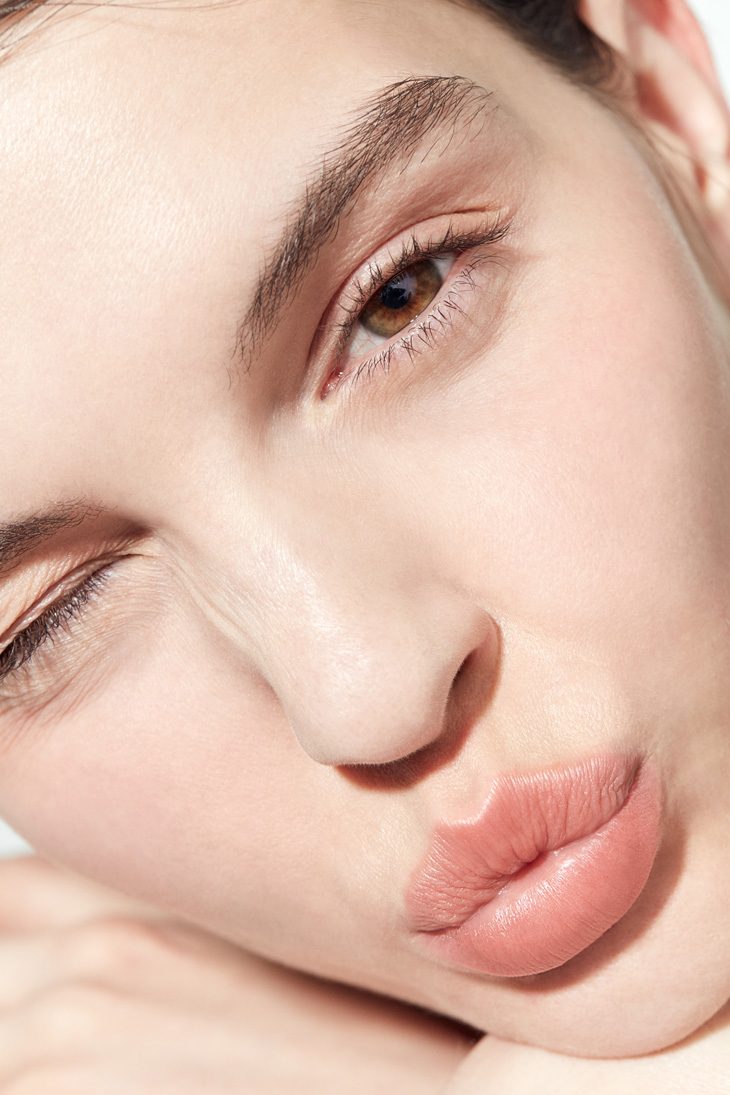
Choosing the Right Contact Lens Clinics in New York
Here are tips for narrowing your options:
- Look for clinics that explicitly advertise “contact lens fitting / ocular surface specialists.
- Check for advanced diagnostic equipment (topographer, tear film analyzer, slit lamp imaging).
- Read patient reviews for comfort, follow-up care, and responsiveness in the NYC area.
- Prefer clinics with optometrists or ophthalmologists experienced in specialty lenses (e.g., toric, multifocal, scleral).
- Consider convenience: proximity (Manhattan, Brooklyn, Queens), appointment flexibility, and public transit access.
Cost, Insurance & Logistics in NYC
In New York, contact lens exams can cost more than standard eye exams, since they require extra fitting time and specialized equipment. The price range is often between US$50 to $150 (or more as an add-on) on top of a basic eye exam, depending on clinic prestige and complexity (standard vs specialty lenses). Always ask for an “exam + fitting fee” breakdown.
Many vision insurance plans (e.g., VSP, EyeMed) cover or discount contact lens exams and fittings. Be sure to confirm whether your plan includes “contact lens evaluation” (often a separate benefit). Also, check whether the provider is in-network.
Post-Exam Care & Compliance
After your exam and fitting:
- Follow wearing schedule & replacement frequency exactly (daily, biweekly, monthly as prescribed).
- Strict hygiene: wash hands, use only approved solutions, discard old solution, replace case every 3–6 months.
- Avoid sleeping in lenses unless explicitly permitted and supervised by your doctor.
- Attend follow-up visits if you experience discomfort, redness, vision fluctuations, or irritation.
- Never purchase lenses from unauthorized vendors without verifying the prescription and legitimacy.
Finally, in a metropolis like New York, where convenience and quality vary widely, don’t settle for just any clinic. An informed, evidence-based contact lens exam can mean the difference between comfortable vision and avoidable risks. Use this guide to help you ask the right questions, choose clinics smartly, and protect your eye health.
Images from Bright Lit by Amanda Pratt – see full story here.
